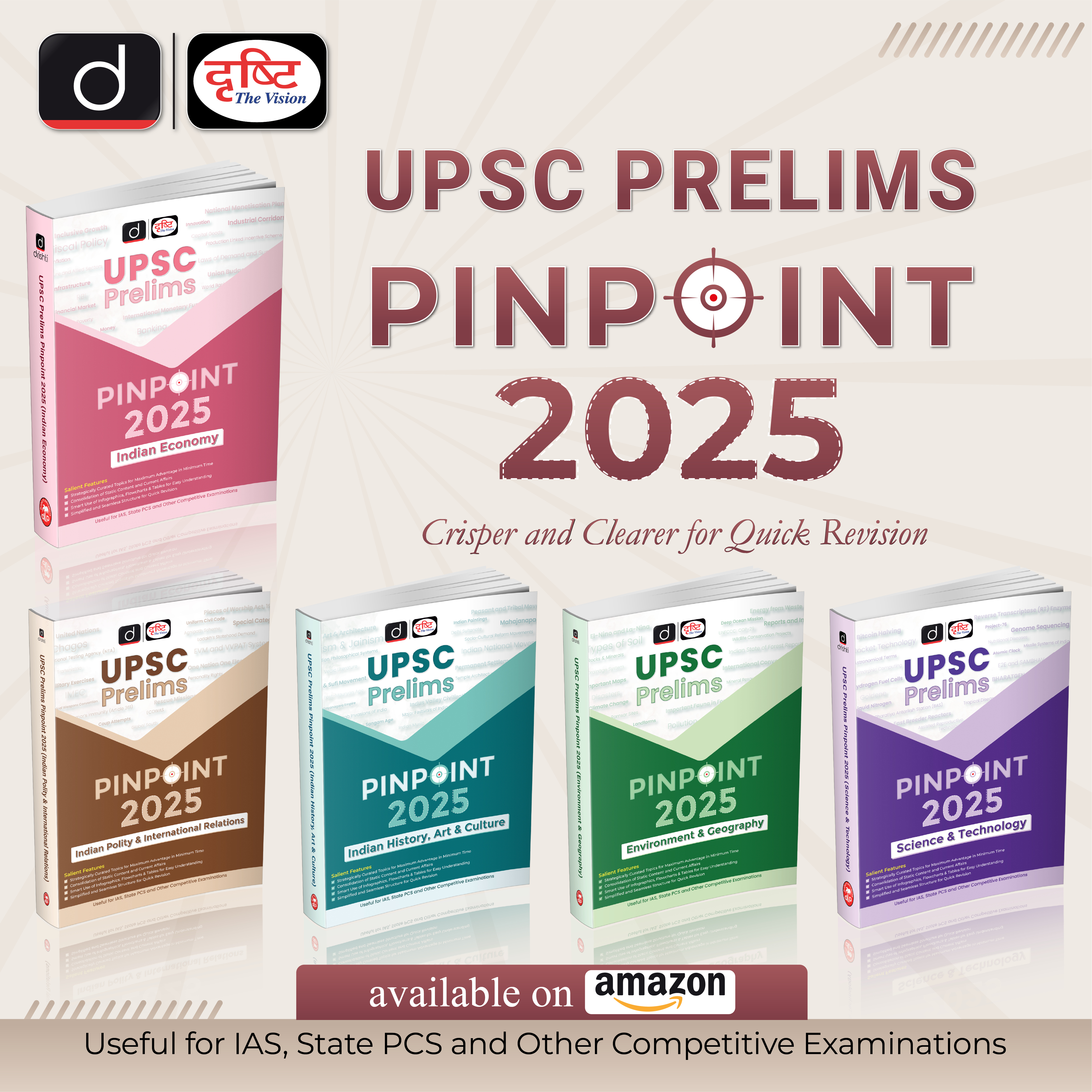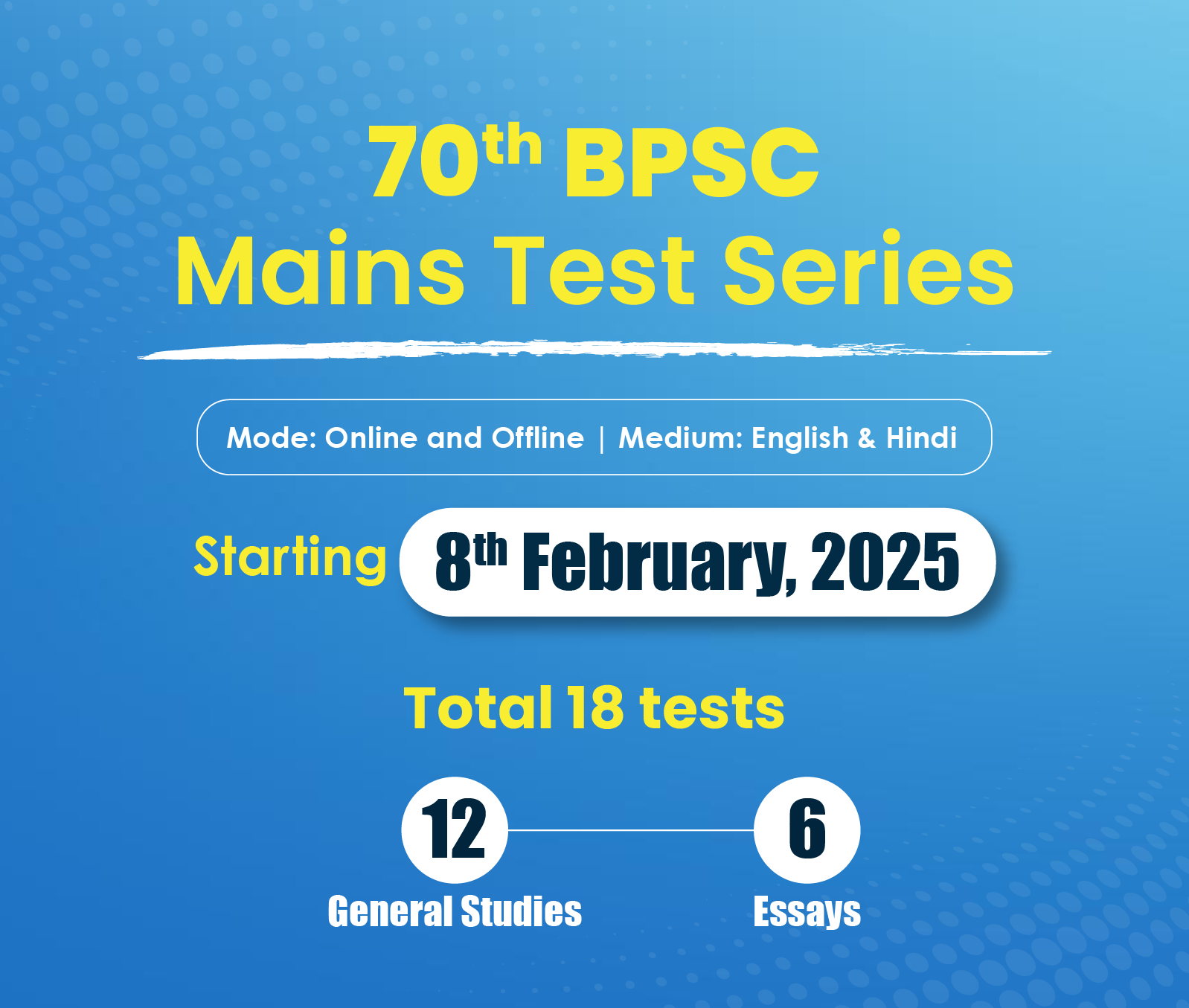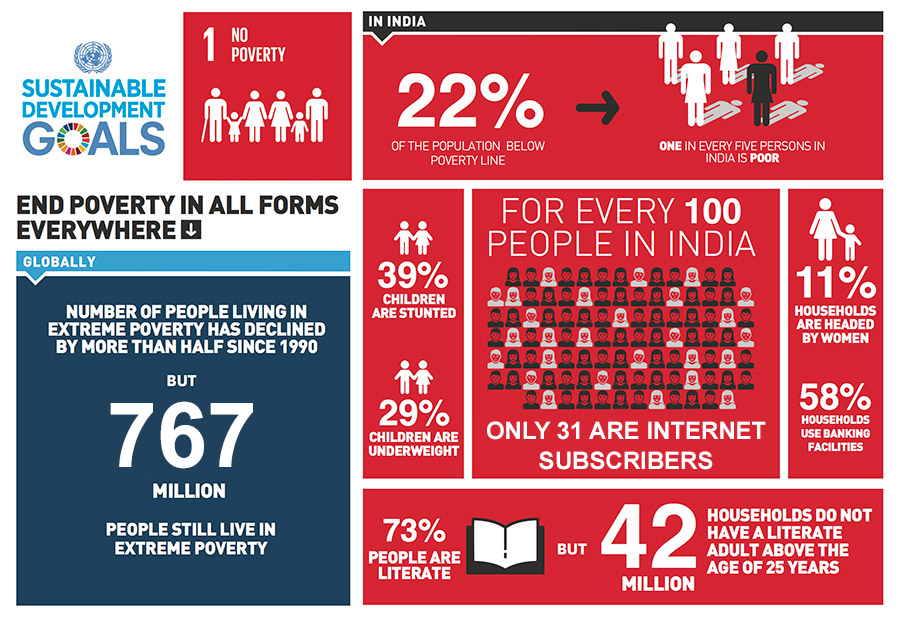Jammu & Kashmir Switch to Hindi
Jammu & Kashmir Elections 2024
Why in News?
Jammu & Kashmir held its first assembly elections in a decade and the first since the abrogation of Article 370 in 2019. The third and final phase concluded on 1st October, 2024.
Key Points
- Constituencies and Turnout Breakdown:
- Kashmir Division (16 Seats):
- Highest turnout: Gurez (77.96%) has highest turnout across the Kashmir region, outpolling 37 constituencies of Jammu division also.
- Jammu Division (24 Seats): Highest turnout: Inderwal: 82.16%, Padder-Nagseni: 80.67%, Shri Mata Vaishnodevi: 80.45%, Akhnoor: 79.70%, Marh and Chhamb: 79%
- Kashmir Division (16 Seats):
- First phase voter turnout (18th September): 61%
- Second phase voter turnout (25th September): 57.3%
Jammu & Kashmir Demography
- Population Statistics (2011 Census):
- Total population: 12,541,302 (0.93% of India’s total population).
- Males: 6,640,662.
- Females: 5,900,640.
- Sex ratio: 892 females per 1,000 males (compared to the national ratio of 933).
- Religious Composition:
- Muslims: 68.32%.
- Hindus: 28.44%.
- Sikhs: 1.87%.
- Buddhists: 0.90%.
- Christians: 0.28%.
- Others: 0.01%.
Jammu & Kashmir Switch to Hindi
Impact of Candidate's Death in Elections
Why in News?
In a significant development, a 75-year-old candidate from the Surankote constituency in Poonch district passed away just six days ahead of the results of the Jammu & Kashmir Assembly election.
Key Points
- Results Awaited: If a candidate dies after voting but before the results are declared, the election results will be awaited as usual.
- If Another Candidate Wins: The results will be valid, and no re-election is needed if another candidate wins after counting.
- If the Deceased Candidate Wins: If the deceased candidate wins, the election will be cancelled.
- Re-Voting/By-Election: A re-election or by-election will be held on this seat since the elected candidate cannot represent the constituency.
- Relevant Law: Under Section 151A of the Representation of the People Act, 1951, elections must be held within 6 months in such a case.
- Death of a Candidate Before Voting:
- Election Cancelled: If a candidate dies before voting and after the nomination and withdrawal period has ended, the election on the concerned seat is cancelled.
- New Poll Date: A new date is set for the election in that constituency to ensure voters can choose a replacement candidate.
- Relevant Provision: The process is governed by the Representation of the People Act, 1951, ensuring that voters have the chance to elect a new candidate fairly.
Representation of the People Act, 1951
- Provisions:
- It regulates the conduct of elections.
- It specifies the qualifications and disqualifications for membership of the houses,
- It provides provisions to curb corrupt practices and other offences.
- It lays down the procedure for settling doubts and disputes arising out of elections.
Uttar Pradesh Switch to Hindi
UP Approves New Universities, Jobs
Why in News?
Recently, the Uttar Pradesh government has approved key policies and initiatives to enhance education quality and employment opportunities.
Key Points
- Policy Approval:
- The 'Uttar Pradesh Higher Education Promotion Policy, 2024' was approved by the cabinet to improve education quality and boost employment.
- Includes provisions such as:
- Stamp duty exemptions.
- Capital subsidies.
- Special incentives for sponsoring bodies.
- Additional benefits for top 50-ranked universities.
- Establishment of New Private Universities:
- Two new private universities approved:
- KD University to be established by Rajiv Memorial Academic Welfare Society in Mathura.
- Vidya University to be set up by Vidya Bal Mandali in Meerut on a 42.755-acre campus.
- Two new private universities approved:
- Impact on Higher Education:
- Aims to enhance private investment to meet increasing demand for local higher education.
- Provides access to high-quality education within Uttar Pradesh.
- Expected to create both direct and indirect job opportunities for the youth.
- Self-Employment Scheme:
- New scheme introduced to promote self-employment:
- Subsidies on loans up to Rs 5 lakh for projects in microenterprises and the service sector.
- Aim to set up 10 lakh micro units in 10 years.
- Support for 1 lakh educated and trained youth annually.
- Eligibility and Focus:
- Applicants must have at least an eighth-grade education.
- Priority for those with intermediate-level education.
- Scheme aims to boost employment in rural and urban areas.
- New scheme introduced to promote self-employment:
Uttar Pradesh Switch to Hindi
UP Aims for ‘Zero Poverty’ Goal
Why in News?
Uttar Pradesh Chief Minister announced a campaign to make Uttar Pradesh the first state in India to achieve zero poverty within a year.
Key Points
- Campaign Objective:
- Identify and support the poorest families in each gram panchayat to integrate them into the mainstream.
- Families will receive assistance in:
- Food and clothing.
- Quality education.
- Healthcare services.
- Housing facilities.
- Stable income sources.
- Family Identification Process:
- Targeting the poorest 10-25 families per gram panchayat using a three-tier, transparent selection method:
- Level 1: Identification through the ‘Mop-up’ mobile app based on criteria such as homelessness, landlessness, reliance on daily wages, and lack of resources.
- Level 2: Formation of a village-level committee comprising five members (gram pradhan, former gram pradhan, local school headmaster, and representatives from self-help groups).
- Level 3: Families receive an automated vulnerability rating via a digital system post-committee recommendations.
- Targeting the poorest 10-25 families per gram panchayat using a three-tier, transparent selection method:
- Government Schemes Benefits:
- Eligible families will gain access to various government schemes, including:
- Ration cards and food supplies from the Department of Food and Civil Supplies.
- Benefits under housing schemes like Pradhan Mantri Awas Yojana.
- Educational support such as school admissions and uniforms.
- Medical facilities through Ayushman Bharat Insurance and other health initiatives.
- Integration with schemes from the Labor Department, MNREGA, State Rural Livelihood Mission, and others.
- Access to skill development initiatives and employment benefits.
- Collaboration with educational institutions to develop tailored sustainable income plans for identified families.
- Zero Poverty portal (ZeroPoverty.in) will be integrated with the Family ID portal for efficient data management and support for families needing ration cards.
- Eligible families will gain access to various government schemes, including:
Uttar Pradesh Switch to Hindi
Uttar Pradesh Boosts Solar Energy Production
Why in News?
The Uttar Pradesh government has approved significant solar energy projects to enhance renewable energy production in the state.
Key Points
- Approval of Solar Parks:
- Development of solar parks in Bundelkhand approved under the new energy policy.
- Two major solar projects covering over 1,500 hectares of land.
- Expected capacity of 450 MW, making it one of the largest solar parks in India.
- Renewable Energy Goals:
- Contributes to Uttar Pradesh's target of reaching 22,000 MW of solar energy production by 2026-2027.
- Current Solar Capacity:
- As of August 2024, Uttar Pradesh government has installed a total solar PV capacity of 3,280.15 MW, including:
- Approximately 2,965.12 MW from utility-scale projects.
- Over 260 MW from solar rooftop installations.
- Around 315 MW from off-grid solar and KUSUM projects (according to Ministry of New and Renewable Energy (MNRE) data).
- As of August 2024, Uttar Pradesh government has installed a total solar PV capacity of 3,280.15 MW, including:
Uttarakhand Switch to Hindi
Uttarakhand Leads in Employment Growth
Why in News?
The Uttarakhand government claims significant progress in reducing unemployment, as highlighted in the latest Periodic Labour Force Survey (PLFS), 2023-24 report.
Key Points
- Unemployment Rate Decline:
- Overall unemployment decreased from 4.5% to 4.3%.
- Most notable reduction in the 15-29 age group, dropping from 14.2% to 9.8%.
- Improvement in Worker Population Ratio:
- Increased worker population ratio across all age groups in 2023-24 compared to 2022-23.
- For ages 15-29: Increased from 27.5% to 44.2%.
- For ages 15-59: Increased from 57.2% to 61.2%.
- For ages 15 and above: Increased from 53.5% to 58.1%.
- Youth Labor Force Participation:
- Increased participation in the labor force for youth (15-29 years) from 43.7% to 49%.
- Labor force participation for ages 15-59 rose from 60.1% to 64.4%.
- Ages 15 and above saw an increase from 56% to 60.7%.
- Surpassing National Averages:
- Uttarakhand's labor population average for ages 15-29 is 49%, compared to the national average of 46.5%.
- For ages 15-59, the state stands at 64.4% (national average: 64.3%).
- For ages 15 and above, Uttarakhand is at 60.7% (national average: 60.1%).
Periodic Labour Force Survey Report
- About: It is conducted by the NSO under the Ministry of Statistics and Programme Implementation (MoSPI) to measure the employment and unemployment situation in India.
- It was developed to address the limitations of earlier labour force surveys conducted by the National Sample Survey Office (NSSO).
- Two Primary Objectives of PLFS: It was designed with two major objectives for measuring employment and unemployment:
- First Objective: To measure the dynamics of labour force participation and employment status at short intervals (every three months) for urban areas using the Current Weekly Status (CWS) approach.
- Second Objective: To measure labour force estimates for both rural and urban areas using the Usual Status and CWS parameters.
- Innovations in Sampling Design and Data Collection: The PLFS introduced changes in the sampling design and the structure of the schedule of inquiry compared to the previous quinquennial surveys conducted by the NSSO.
- The PLFS also included additional data, such as the number of hours worked, which was not collected in the earlier quinquennial rounds of the NSSO.
Uttarakhand Switch to Hindi
Uttarakhand CM Honors 1822 Revolution Martyrs
Why in News?
Uttarakhand Chief Minister commemorated the martyrs of the 1822-24 Kunja Bahadurpur, Roorkee revolution during the 200th Balidan Diwas.
Key Points
- Tribute to Martyrs:
- CM paid homage to 152 martyrs of the 1822-24 Kunja Bahadurpur revolution.
- The 1822-24 revolution refers to a historical event where people fought against British rule in India, seeking freedom and justice.
- Tribute to key figures like Raja Vijay Singh and Senapati Kalyan Singh.
- A book on the 1822-24 martyrs was released during the event.
- CM announced efforts to designate the Balidani Sthal as a national memorial.
- Commended the work of the Shaheed Raja Vijay Singh Memorial and the Kanya Shiksha Prasar Samiti for promoting the martyrs' legacies.
- Remembering National Leaders:
- Earlier, Dhami honored Mahatma Gandhi on his 155th birth anniversary and Lal Bahadur Shastri on his 120th birth anniversary.
- Emphasized Gandhi's principles of truth and non-violence and their enduring influence.
- Alignment with National Goals:
- Highlighted national efforts toward Atmanirbhar Bharat, aligning with Gandhi's vision for a clean, healthy, and prosperous India.
Chhattisgarh Switch to Hindi
Centre Allocates Rs.11,000 Crore for Chhattisgarh Roads
Why in News?
Recently, the Union Minister for Road Transport and Highways, approved Rs.11,000 crore for the development of road infrastructure in Chhattisgarh.
Key Points
- Project Details:
- The funding supports the construction and development of four major national highways.
- The total length of the approved projects is 236.1 km.
- Major Projects Cleared:
- Urga-Katghora bypass (NH-149B)
- Basna to Sarangarh feeder route
- Sarangarh to Raigarh feeder route
- Raipur-Lakhanadon economic corridor
- Additional Approvals:
- Eight projects worth Rs. 908 crore sanctioned under the Central Road Fund (CRF).
- Approval for the four-lane widening of Keshkal Ghat and Dhamtari-Jagdalpur road.
- Instructions were given to ensure the completion of Raipur-Visakhapatnam road and Bilaspur-Urga-Pathalgaon road under the National Highway Authority of India (NHAI) within a set timeframe.
Central Road Fund
- The Central Road Fund (CRF) is a non-lapsable fund created under Central Road Fund Act, 2000.
- It is procured out of cess/tax imposed by the Union Government on the consumption of Petrol and Diesel.
- CRF should be used to develop and maintain National Highways, State roads (that have economic importance with inter-state connectivity), rural roads, railway under/over bridges etc, and national waterways (waterways from 2017 onwards only).
- The CRF was replaced with a Central Road and Infrastructure Fund (CRIF) through amendments introduced in the Union Budget for 2018-19.
Madhya Pradesh Switch to Hindi
Madhya Pradesh Classifies Heatwaves as Disasters
Why in News?
The Madhya Pradesh government has classified heatwaves as natural disasters, enabling compensation for victims.
Key Points
- Financial Assistance:
- Individuals who suffer fatalities due to heatwaves will receive compensation similar to that provided for other natural calamities like floods and earthquakes.
- Legal Framework:
- Heatwaves have been officially notified as a local disaster under the Madhya Pradesh Disaster Management Act of 2005, following directives from the central Ministry of Home Affairs.
- This regulation will take effect in summer 2025.
- Casualties and Health Impact:
- Recent heatwaves in northern India resulted in 114 fatalities and over 40,000 suspected heatstroke cases reported from March 1 to June 19, 2024.
- The highest number of heatstroke deaths were recorded in Uttar Pradesh (37), Bihar (17), Rajasthan (16), and Odisha (13).
- Nature of Heatwaves:
- Heatwaves are characterized by excessively high temperatures and high humidity, typically occurring from April to June.
- They pose serious health risks, including heatstroke and dehydration, and can severely impact agriculture, water supply, and public health.
Heat Waves
- About:
- Heatwaves are prolonged periods of excessively hot weather that can cause adverse impacts on human health, the environment, and the economy.
- India, being a tropical country, is particularly vulnerable to heatwaves, which have become more frequent and intense in recent years.
- Heatwaves are prolonged periods of excessively hot weather that can cause adverse impacts on human health, the environment, and the economy.
- Criteria for Declaring Heat Wave in India:
- Plains and Hilly Regions:
- Heat wave is considered if the maximum temperature of a station reaches at least 40°C or more for Plains and at least 30°C or more for Hilly regions.
- Based on Departure from Normal Heat Wave: Departure from normal is 4.50°C to 6.40°C.
- Severe Heat Wave: Departure from normal is >6.40°C.
- Based on Actual Maximum Temperature Heat Wave: When actual maximum temperature ≥45°C.
- Severe Heat Wave: When actual maximum temperature ≥47°C.
- If the above criteria are met in at least 2 stations in a Meteorological subdivision for at least two consecutive days, it is declared so on the second day.
- Coastal Areas:
- When maximum temperature departure is 4.50°C or more from normal, a heat wave may be described provided the actual maximum temperature is 37°C or more.
- Plains and Hilly Regions:
Madhya Pradesh Switch to Hindi
New Chief Secretary of Madhya Pradesh
Why in News?
Senior IAS officer Anurag Jain has been appointed as the new Chief Secretary of Madhya Pradesh.
Key Points
- Appointment:
- Anurag Jain has been appointed as the 35th Chief Secretary of Madhya Pradesh.
- He is a senior IAS officer from the 1989 batch.
- He held the position of Joint Secretary in the Prime Minister's Office (PMO).
- Before this appointment, Jain was serving as the Secretary in the Ministry of Road Transport and Highways on central deputation.
- He was awarded the Prime Minister's award in 2023 for his outstanding work.
Chief Secretary
- The Chief Secretary is the highest-ranking civil servant in a state government, responsible for the overall administration and coordination of government functions.
- Appointment: The Chief Minister selects the Chief Secretary, who is usually an IAS officer. The Chief Minister may consult with the Union government, ministerial colleagues, or the cabinet, but this is not mandatory.
- Role and Responsibilities:
- Administrative Head: Acts as the principal advisor to the Chief Minister and oversees the administration of the state government.
- Coordination: Ensures coordination among different departments and agencies within the state government.
- Policy Implementation: Responsible for the implementation of government policies and programs at the state level.
- Liaison: Acts as a liaison between the state government and the central government.




%20MPPCS%202025%20Desktop%20E.jpg)
%20MPPCS%202025%20Mobile%20E%20(1).jpg)










.png)
.png)











 PCS Parikshan
PCS Parikshan


